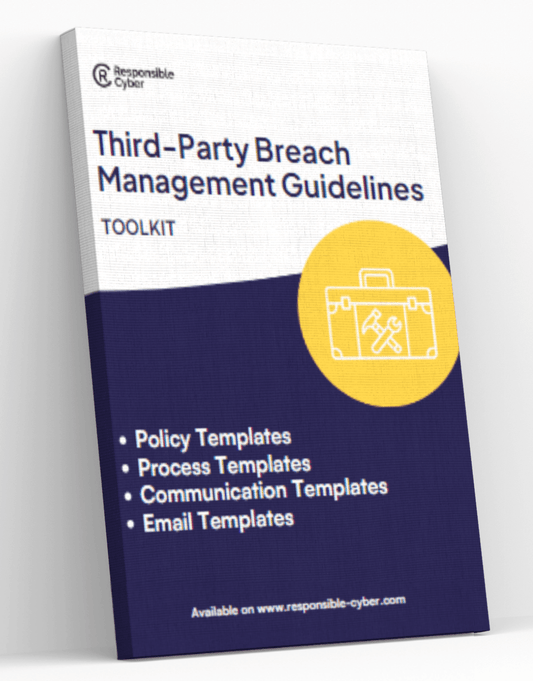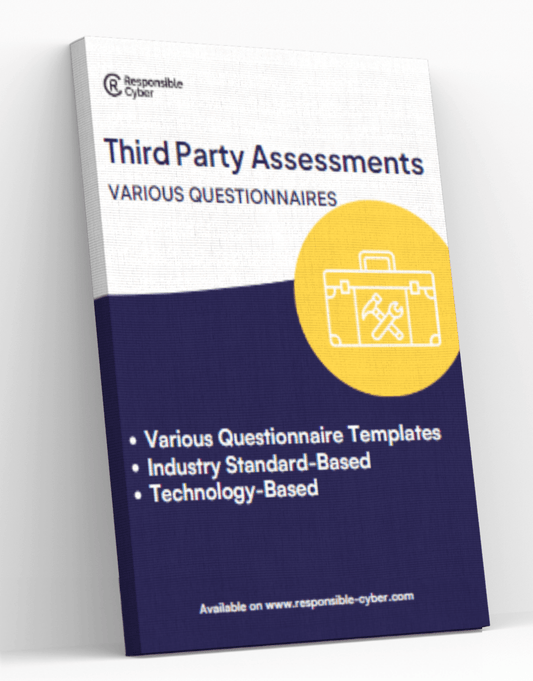Navigating Third-Party Risk with Managed Services

In the globalized economy, organizations frequently rely on third-party vendors to streamline operations, access specialized expertise, and drive innovation. However, this reliance introduces a range of risks that can threaten organizational integrity, compliance status, and operational security. Third-party risk managed services have emerged as a critical solution, providing the expertise and tools needed to manage and mitigate these risks effectively. This article explores the differences between traditional third-party risk management (TPRM) approaches and managed services, how these services should work, and key considerations for organizations looking to implement them.
Understanding Third-Party Risk Managed Services
Third-party risk managed services are comprehensive solutions offered by external providers designed to handle the complexity of third-party relationships from a risk management perspective. These services differ significantly from traditional in-house TPRM programs in that they leverage external expertise, advanced analytics, and continuous monitoring technologies to manage vendor risks on behalf of an organization.
Key Features of Third-Party Risk Managed Services
-
Expertise and Specialization: Managed services providers (MSPs) bring specialized knowledge that may be too costly or impractical for an organization to develop internally. This includes legal compliance, cybersecurity, data privacy, and sector-specific regulatory knowledge.
-
Advanced Risk Assessment Tools: MSPs utilize sophisticated tools to assess and monitor the risk levels associated with each vendor. These tools often include proprietary software and databases that provide deeper insights than what is typically available to internal teams.
-
Scalability and Flexibility: As organizations grow, their third-party ecosystems become more complex. Managed services can scale quickly to accommodate new vendors and changing global contexts, such as evolving regulations or emerging risks.
-
Continuous Monitoring: Unlike traditional models that may rely on periodic reviews, managed services provide ongoing surveillance of third-party vendors. This proactive approach ensures that potential risks are identified and mitigated in real time.
How Third-Party Risk Managed Services Should Work
Step 1: Vendor Onboarding
- The managed services provider conducts initial due diligence on all new vendors, assessing factors such as financial stability, cybersecurity measures, and compliance with relevant laws and standards. This phase establishes a baseline risk profile for each vendor.
Step 2: Risk Assessment and Analysis
- Using advanced analytics, the MSP evaluates the potential impact and likelihood of various risks associated with each vendor. This involves analyzing vendor performance data, industry trends, and even geopolitical factors that could influence risk levels.
Step 3: Risk Mitigation Strategies
- Based on the risk assessment, the MSP recommends and helps implement specific risk mitigation strategies. This might include negotiating stronger contractual safeguards, enhancing cybersecurity measures, or diversifying the vendor portfolio to reduce dependency on a single source.
Step 4: Continuous Monitoring and Reporting
- The MSP continuously monitors the risk landscape and vendor performance, providing regular updates and reports to the client. This ensures that the organization remains informed and can make timely decisions regarding its third-party relationships.
Step 5: Compliance and Auditing
- Regular compliance checks and audits are conducted to ensure both the organization and its vendors adhere to all regulatory requirements. This is critical in industries such as finance and healthcare, where non-compliance can result in severe penalties.
Considerations for Implementing Third-Party Risk Managed Services
1. Provider Expertise: Ensure the MSP has proven expertise and a track record in your specific industry. Knowledge of industry-specific risks and regulations is crucial.
2. Data Security: Since MSPs will have access to sensitive data, scrutinize their cybersecurity practices and data management policies to ensure they meet your organization’s standards.
3. Cost vs. Benefit: Analyze the cost-effectiveness of outsourcing risk management. Consider both direct costs and the potential cost savings from mitigating risks effectively.
4. Customization and Integration: The service should be customizable to fit the unique needs of your organization and seamlessly integrate with existing systems and processes.
5. Transparency and Communication: Opt for a provider that values transparency and maintains open lines of communication. Regular updates and easy access to data are essential for effective collaboration.
Conclusion
Third-party risk managed services offer a dynamic solution for managing the complexities of modern vendor relationships. By outsourcing this function to specialized providers, organizations can not only enhance their risk management capabilities but also allocate internal resources more efficiently. As businesses continue to expand their reliance on third parties, embracing managed services can be a strategic move to safeguard against potential threats and ensure operational resilience.
Organizations looking to implement third-party risk managed services should carefully consider their specific needs, the expertise of potential providers, and the strategic fit of the services offered. By doing so, they can establish a robust framework that protects against risks while fostering healthy, productive vendor relationships.
Read more:
- Addressing Universal Business Challenges: Cybersecurity, Supply Chain, and Regulatory Compliance
- Comprehensive Guide to Third-Party Risk Management Policy
- Developing a Comprehensive Third-Party Risk Management Program: A Legal Compliance Guide
- The Future of Third-Party Risk Management and Legal Compliance: Emerging Trends and Technologies







